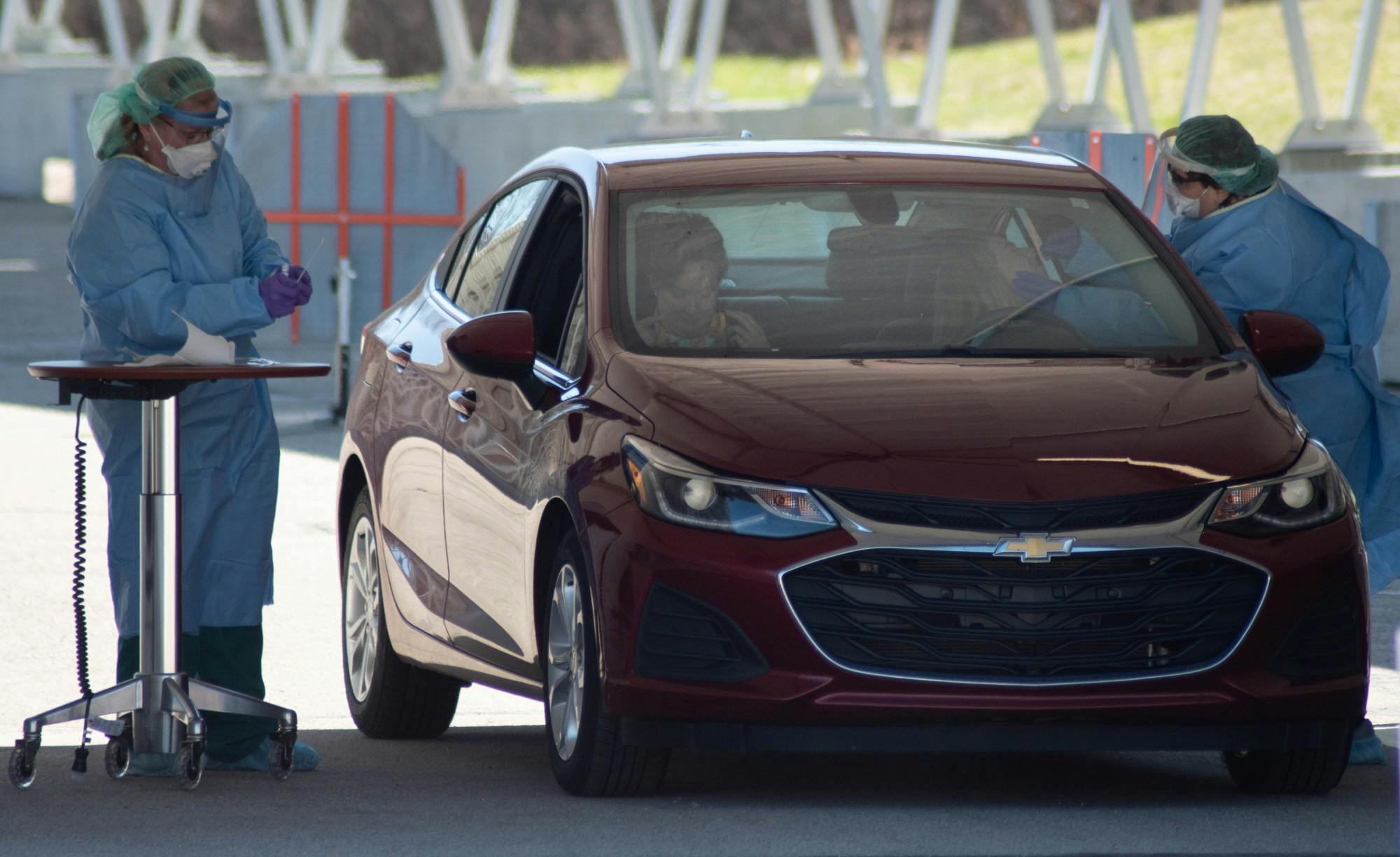The requirements of eligibility to be tested for COVID-19 have been expanded and those who have mild symptoms and who have to leave home for work can now be tested. Michigan has over 250 testing locations, and each one can be found via the COVID-19 Test Finder on Michigan.gov. In Ingham County, there are six locations where you can be tested.
Testing locations
According to Castlight, the COVID-19 Resource Center providing and maintaining information on testing sights for the virus, Ingham County has tests available at these six locations:
Ingham Community Health Centers - Forest Community Health Center
McLaren Greater Lansing - Mid-Michigan Physicians Southside Urgent Care
Michigan State University Health Care
RediCare (Okemos) Urgent Care and Grand River Family Care
Sparrow Hospital PHP Building
Sparrow St. Lawrence Campus
Each of these locations requires a screening prior to testing that can take place over the phone or virtually. Michigan State University Health Care requires a physician order as opposed to a virtual screening and RediCare Okemos does testing by appointment only.
Types of testing
There are two different types of tests for COVID-19. One test can confirm if you are infected with the virus, and the other can help confirm if you had previous infection and if you built antibodies for it.
To confirm if you currently have the virus, the tests use nasal swabs to find infection by looking for genes or proteins from the severe acute respiratory syndrome coronavirus 2, or SARS-CoV-2.
Current presence of the virus is found via the nucleic acid amplification test/real-time polymerase chain reaction, or NAAT/RT-PCR, test or the rapid point-of-care test.
If these genes are found, you can assume have the virus.
The second of the tests looks for the possibility of previous infection by testing for antibodies to SARS-CoV-2 in the blood. Antibodies are proteins that help fight off infection.
The two antibody tests available, enzyme-linked immunosorbent assay, or ELISA, test and the rapid POC test, detect antibodies from blood tests.
It is important to note that antibody tests do not diagnose disease or guarantee immunity from previous infection. Specifics about each type of test, presence of the infection or possibility of previous infection can be found here.
Should you get tested
While there is testing available for COVID-19, according to Castlight, there is no treatment approved specifically for the virus. A test wouldn’t necessarily provide you with a next step in caring for your symptoms.
Support student media!
Please consider donating to The State News and help fund the future of journalism.
Testing can be beneficial when determining who you are coming in contact with and how you are social distancing or self-isolating.
While the requirements for being eligible to test yourself for COVID-19 have been expanded, Castlight has a step-by-step process to determine if you should get tested.
1) The first step in this process is determining if you are experiencing symptoms. If you are experiencing some COVID-19 symptoms like fever, shortness of breath or cough, you should first contact your healthcare provider.
According to Castlight, most people who contract mild illness from COVID-19 are able to recover at home without testing, but it's still recommended that you contact your healthcare provider.
Your healthcare provider will give you a better idea of whether you should pursue getting tested.
2) If it is determined you should move forward, the second step you should take is contacting one of the testing locations nearest to you.
These locations usually have phone or virtual screenings prior to testing. Each location will determine if you require testing based on symptoms, risk and availability.
3) Once you contact your testing location(s), you should visit their website or ask about their testing criteria, hours and if a physician order or appointment is required. These circumstances are constantly changing, so it is important to be sure of these requirements.
Cost of testing
On March 18, Congress passed the “Families First Coronavirus Relief Act." This made testing for COVID-19 free in some circumstances.
The act requires private insurance plans to offer free COVID-19 testing.
Along with this act, according to Castlight, most major health insurers agreed to waive co-pays and other out-of-pocket costs for coronavirus tests. Whether costs associated with seeing a doctor for COVID-19 will be covered is not yet clear.
For an extensive look at the out-of-pocket cost possibilities of COVID-19 testing, Castlight provided a report.
For more information on COVID-19 and its impacts, check out The State News' coverage here, or visit Michigan's coronavirus page to access a COVID-19 hotline.
Discussion
Share and discuss “Guide: The ins and outs of COVID-19 testing in Michigan” on social media.








